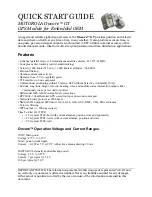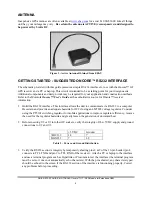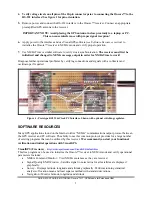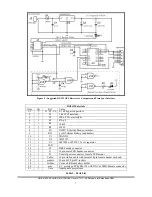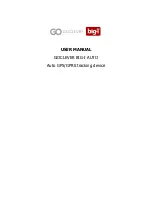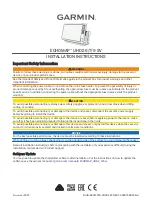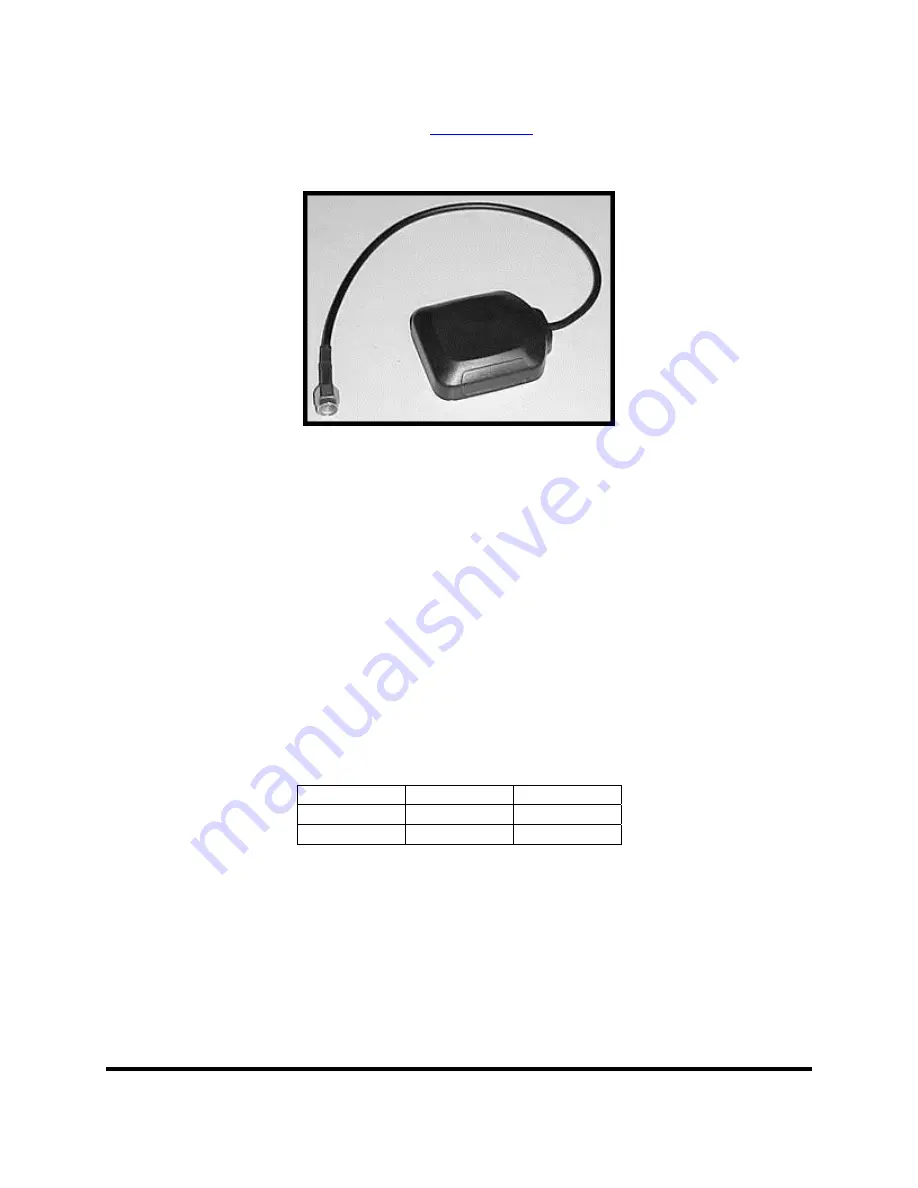
ANTENNA
Inexpensive GPS antennas are often available at
www.ebay.com
for a cost $10.00-$30.00 Like all things
on Ebay, your mileage may vary.
Be certain the antenna is ACTIVE (versus passive) and designed to
be powered by 5 volts DC
.
Figure 3 - Active Antenna Obtained from EBAY
GETTING STARTED - SUGGESTED ONCORE™ RS232 INTERFACE
The schematic provided with this guide presents a simple RS-232 interface for use with the Oncore™ GT
GPS receiver and a PC or Laptop. This circuit is intended to be a starting point for your design needs.
Additional components and design work may be required for your application and construction methods.
Refer to the Motorola
Oncore™ User’s Guide
as the authoritative source for Oncore™ receiver
information.
1. Build the RS-232 interface. This interface allows the unit to communicate via RS-232 to a computer.
Be certain and provide an adequate heatsink for IC2 if using an LM7805 voltage regulator. Consider
using the PT5101 switching regulator for mobile applications to improve regulator efficiency, remove
the need for the regulator heatsink and greatly lessen the generation of unwanted heat.
2. Before inserting U2 or U3 into their IC sockets, verify the integrity of the +5VDC supply and ground
connections to U2 and U3.
+5
VDC
Ground
74HC132 14
7
MAX233 7
6,9
Table 2 – Power and Ground Distribution.
3. Verify the RS232 section’s integrity by temporarily shorting pins 8 & 9 of the 10-pin header (pin 8
connects to TTL TXD and pin 9 to TTL RXD of the receiver). Attach a PC or laptop to the interface
and use a terminal program such as Hyperlink or Procomm to test the interface (the terminal program
must be set so it does not automatically echo characters). With the pins shorted, any characters typed
should be echoed to the screen if the RS-232 section of the interface is functioning properly. Correct
any problems before proceeding.
QUICK-START GUIDE, MOTOROLA Oncore™ GT - GPS Module for Embedded OEM
4

